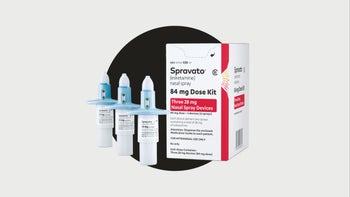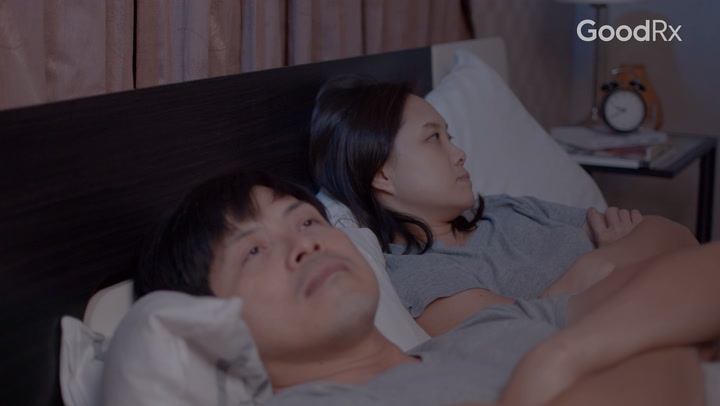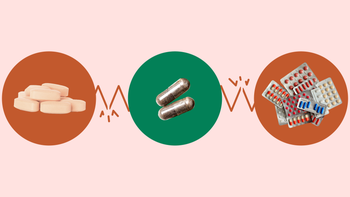
All You Need to Know About Equine Therapy
Key takeaways:
Equine-assisted therapy is when professionals use horses to help people meet their physical or mental health goals.
A variety of activities involving horses may help people with depression, anxiety, autism, physical disabilities, and other conditions.
Therapeutic equine programs range from teaching people how to ride or care for horses to partnering with a licensed therapist to treat specific mental health symptoms.
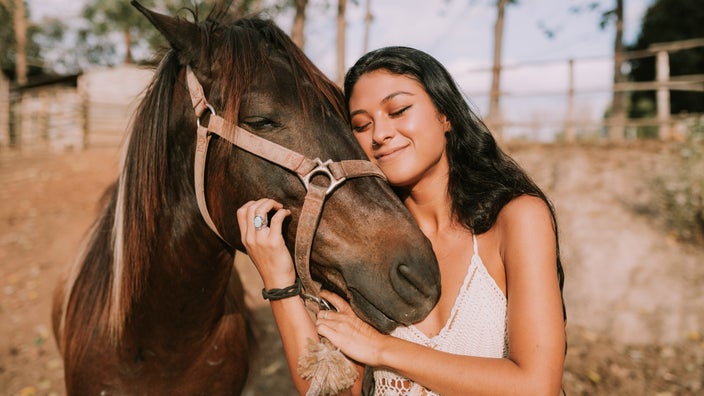
For thousands of years, humans have had a special relationship with horses. They’ve been treasured helpers and companions. Many people who work with or own horses have experienced the emotional benefits.
Some programs and experts have sought to bring that healing experience to more children and adults who need it. When a trained professional helps a client benefit from their interactions with horses, it’s called equine-assisted therapy. Let’s learn more.
How does equine therapy work?
There are many therapeutic activities that involve horses. They might include riding horses or walking and caring for them.
Search and compare options
For example, people might feed the horses, guide them around, or groom them. Some people benefit from just being around and visiting the animals.
In equine-assisted therapy, professionals and clients work with horses toward specific treatment goals. Example goals include:
Feeling less depressed
Building confidence
Overcoming anxiety
Practicing communication
Learning assertiveness
What are the types of equine therapy?
There are multiple types of equine-assisted activities that address physical and mental health. They are often divided into four broad categories. Here’s a look at each.
1. Therapeutic horseback riding
In therapeutic horseback riding (THR), an individual benefits physically and mentally from riding a horse. With a trained specialist, riders get to develop an emotional connection with their horse. The process may also help them develop confidence.
2. Hippotherapy
Hippotherapy uses movements of the horse to treat neurological and physical disabilities. The process is thought to help with sensory processing. It is provided by a physical, occupational, or speech therapist.
Read more like this
Explore these related articles, suggested for readers like you.
3. Equine-assisted learning
Equine-assisted learning helps professionals teach life skills through interacting with horses. A wide variety of strategies may be used, depending on the situation. Goals may include building skills for school, work, or individual and team growth.
4. Equine-assisted psychotherapy
Equine-assisted psychotherapy (EAP) is typically a partnership between a licensed psychotherapist and a horse handler. Together, they work with a client toward their mental health goals. EAP can help treat a variety of issues, such as anxiety, post-traumatic stress disorder (PTSD), or major depression.
Benefits of equine therapy
When used as one aspect of a large treatment plan, there may be several benefits of working with horses.
Possible overall benefits may include improvements in the following areas:
Self-esteem
Ability to trust
Balance
Confidence
General well-being
Enjoyment
More research is needed to understand how effective equine-assisted therapies may be. There’s no standard method of equine therapy, so strategies vary.
Equine therapy for mental health
There are mixed opinions when it comes to using equine-assisted therapies as a mental health treatment. Some experts say it shows promise due to several small but positive studies. Others believe that, because the research is so limited, professionals should be cautious about recommending it.
Scientists continue to look for possible benefits.
In one larger study, veterans with PTSD interacted with horses during an 8-week therapeutic program. The therapy included a licensed psychotherapist, as well as an experienced horse handler. Participants reported lower PTSD and depression symptoms following the program.
Other studies show that equine-assisted therapies may help people with autism and other disabilities like cerebral palsy. Possible benefits include improved problem-solving and social skills and better balance and posture.
Youth at risk of mental health challenges may also benefit from equine therapies. A review of research studies found that children and teens who participated in equine-assisted therapies showed improvement in behaviors and social interactions.
Who is qualified to provide equine therapy?
There are various organizations that train and certify professionals who participate in equine therapy. Programs range from short courses to months-long programs.
The Professional Association of Therapeutic Horsemanship International (PATH) provides comprehensive training with multiple certifications. These programs train horse handlers to provide therapeutic riding or to participate in equine-assisted psychotherapy with a mental health professional.
The Equine Assisted Growth and Learning Association (EAGALA) also provides certification. EAGALA therapy requires at least a two-person team, including a horse expert and mental health professional. Each must complete additional training for equine therapy.
Eponaquest focuses on equine-assisted educational services. They train a variety of mental health and horse professionals. Skills taught include leadership, building relationships, and mindfulness.
The Natural Lifemanship program also provides education for providers with a focus on relationships and trauma. They teach therapeutic hands-on work with horses.
Other schools and programs offer various levels of training relating to equine therapy. To find out a provider’s level of training, ask about their educational background, experience, and specialties.
How can you find equine therapy near you?
Many types of professionals participate in equine-assisted therapies. These range from psychotherapists to occupational therapists and horse handlers.
In some cases, professionals may work together as a team to help meet your needs. Many professionals work with local programs and nonprofits.
Here are some ways you can look for professionals or therapeutic riding programs near you:
Visit PATH’s program directory to find providers near you. You can search by your state or region, as well as by program focus, such as centers that work with trauma.
Visit the EAGALA program listing for professionals who use the EAGALA method. You can search in your state or region and by keyword.
Eponaquest includes a list of professionals who are trained in providing equine-assisted educational services. Visit the list of recommended providers here.
The Natural Lifemanship program has a list of providers who’ve completed their training.
For veteran-specific programs, visit the Operation We Are Here equine therapy listing to find centers in your area.
You can also use a search engine like Google to look for therapeutic riding or equine-assisted therapy programs in your area. Once you find a program, look on their website for certifications such as PATH or EAGALA. You can also contact the center and ask about their credentials and experience.
The bottom line
Equine-assisted therapy refers to a variety of activities that use horses to help treat physical or mental health conditions and disabilities. Activities vary from riding horses to visiting or caring for horses. Therapeutic equine programs might focus on problems such as anxiety, trauma, behavioral issues, or physical disabilities. More research is needed to fully understand the possible uses and benefits.
Why trust our experts?

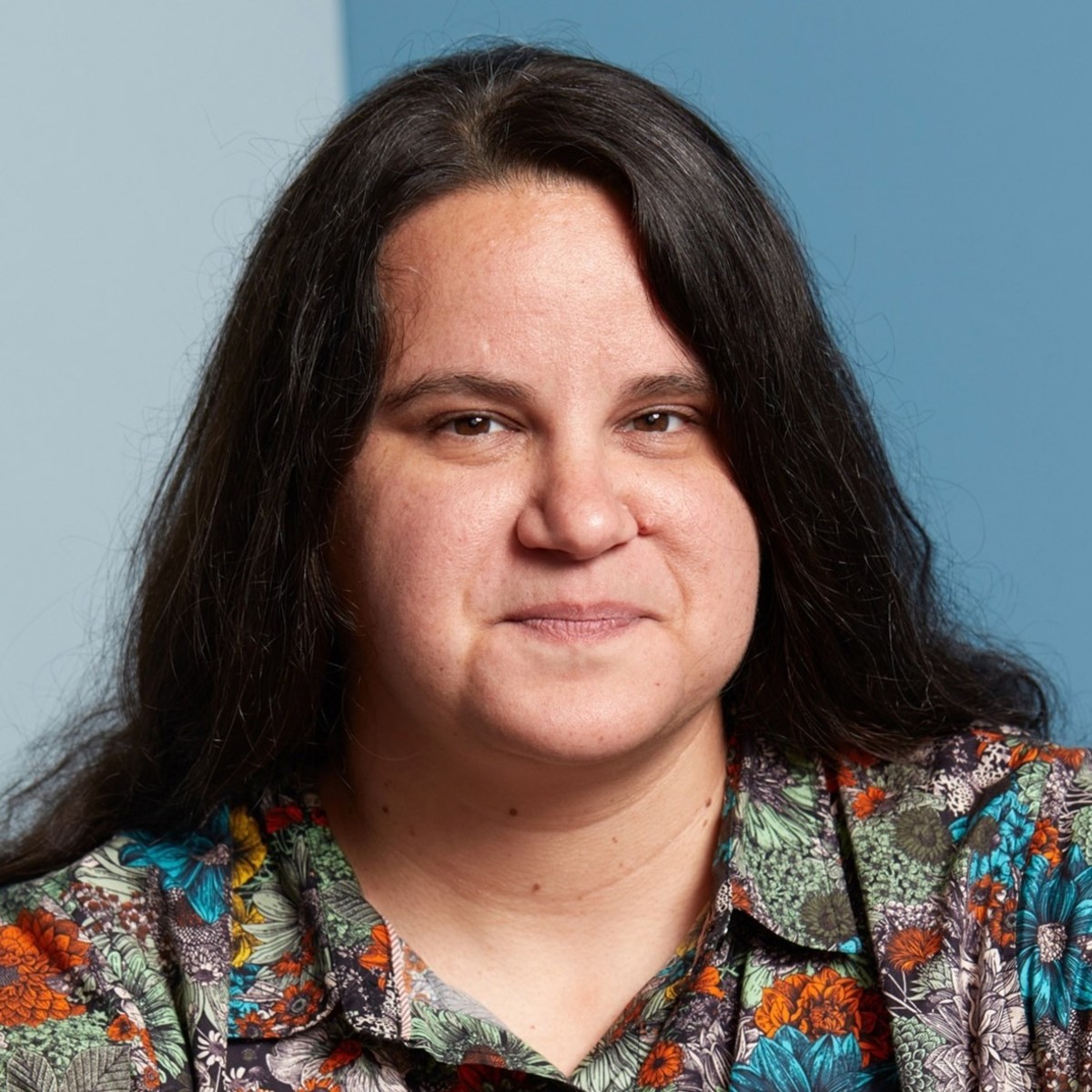

References
American Museum of Natural History. (n.d.). Horse.
Eponaquest Worldwide. (n.d.). Recommended instructors.
Eponaquest Worldwide. (n.d.). About.
Equine Assisted Growth and Learning Association. (n.d.). Credentialing.
Equine Assisted Growth and Learning Association. (n.d.). Find an EAGALA program near you.
Fisher, P. W., et al. (2021). Equine-assisted therapy for post-traumatic stress disorder for military veterans: An open trial. The Journal of Clinical Psychiatry.
Hoagwood, K. E., et al. (2017). Animal-assisted therapies for youth with or at risk for mental health problems: A systematic review. Applied Developmental Science.
Koca, T. T., et al. (2016). What is hippotherapy? The indications and effectiveness of hippotherapy. Northern Clinics of Istanbul.
MyChild™. (n.d.). Hippotherapy.
Natural Lifesmanship (n.d.). Practitioners directory of NL members.
Natural Lifesmanship (n.d.). Fundamentals of Natural Lifesmanship training.
Operation We Are Here. (n.d.) Equine therapy programs.
Professional Association of Therapeutic Horsemanship International. (n.d.). Center search.
Professional Association of Therapeutic Horsemanship International. (n.d.). Home.
Selby, A., et al. (2013). A systematic review of effectiveness of complementary and adjunct therapies and interventions involving equines. Health Psychology.
Strides to Success. (n.d.) Equine assisted learning.
Trzmiel, T., et al. (2018). Equine assisted activities and therapies in children with autism spectrum disorder: A systematic review and a meta-analysis. Complementary Therapies in Medicine.
White-Lewis, S. (2020). Equine-assisted therapies using horses as healers: A concept analysis. Nursing Open.
Wilson, K., et al. (2015). Equine-assisted psychotherapy for adolescents experiencing depression and/or anxiety: A therapist’s perspective. Clinical Child Psychology and Psychiatry.
For additional resources or to connect with mental health services in your area, call SAMHSA’s National Helpline at 1-800-662-4357. For immediate assistance, call the National Suicide Prevention Lifeline at 988, or text HOME to 741-741 to reach the Crisis Text Line.














